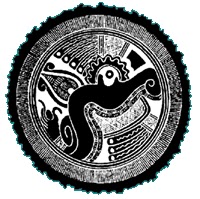Our bat list has reached twenty-seven species now in
Laguna de Apoyo Nature Reserve, thanks to the steady work of our volunteers and staff. Each month, bat population monitoring is performed in four different locations. By performing the same bat monitoring procedure in different locations each month, we can detect trends in seasonality and also habitat use trends. Here are some photos from a recent monitoring session. Two of the more commonly encountered species are shown: the Jamaican Fruit-eating Bat (
Artibeus jamaicensis) and the Common Long-tongued Bat (
Glossophaga soricina). Whereas the diet of the former is obvious from its name, the latter uses its long tongue to consume nectar and pollen from flowers. These are the two most common species captured in mist-netting in the area around
Estacion Biologica.
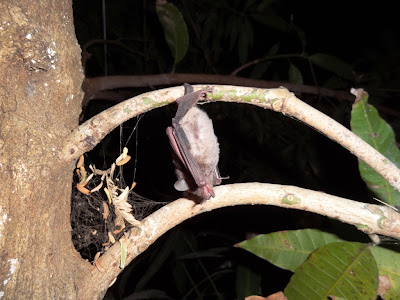 |
| Common long-tongued bat, Glossophaga soricina. Photo by Ineke van Beek. |
 |
| Jamaican Fruit-eating Bat, Artibeus jamaicensis. Photo by Ineke van Beek. |
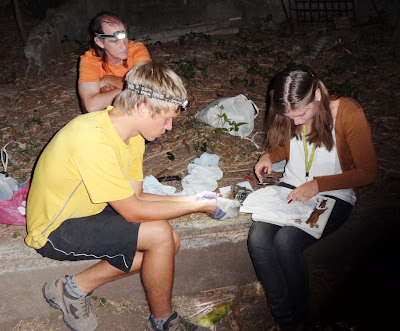 |
| Florian and Line take notes on a captured bat. Photo by Ineke van Beek. |
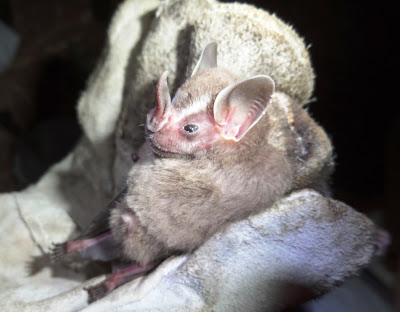 |
| Jamaican Fruit-eating Bat, Artibeus jamaicensis. Photo by Ineke van Beek. |
 |
| Our volunteer Line helps Florian with measurements on a captured bat. Photo by Ineke van Beek. |
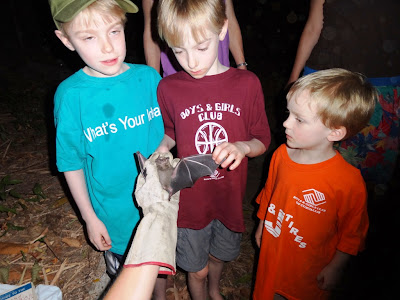 |
| A new generation of bat enthusiasts help with the evening's work. Photo by Ineke van Beek. |
 |
| Time for your dental exam! Photo by Ineke van Beek. |
Our first capture of a Wrinkle-faced Bat (
Centurio senex) was a real pleasure. It is widespread, ranging throughout Central America and into Mexico and South America, but uncommon in most locations, and is a poorly documented species.
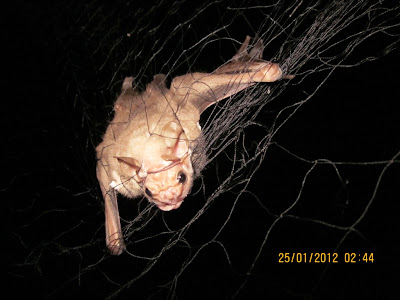 |
| A Wrinkle-faced Bat (Centurio senex) is trapped in a mist net. Photo by Xaver Schenk. |
 |
| The Wrinkle-faced Bat has unusual facial folds. Photo by Xaver Schenk. |
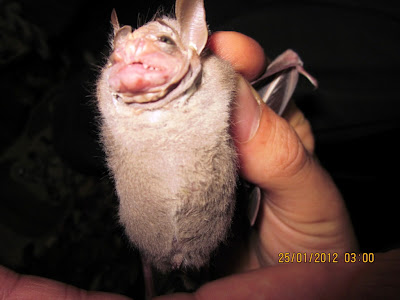 |
| Not everyone can be beautiful! Photo by Xaver Schenk. |
Would you like to be a wildlife
volunteer in
Laguna de Apoyo Nature Reserve? Let us know.
